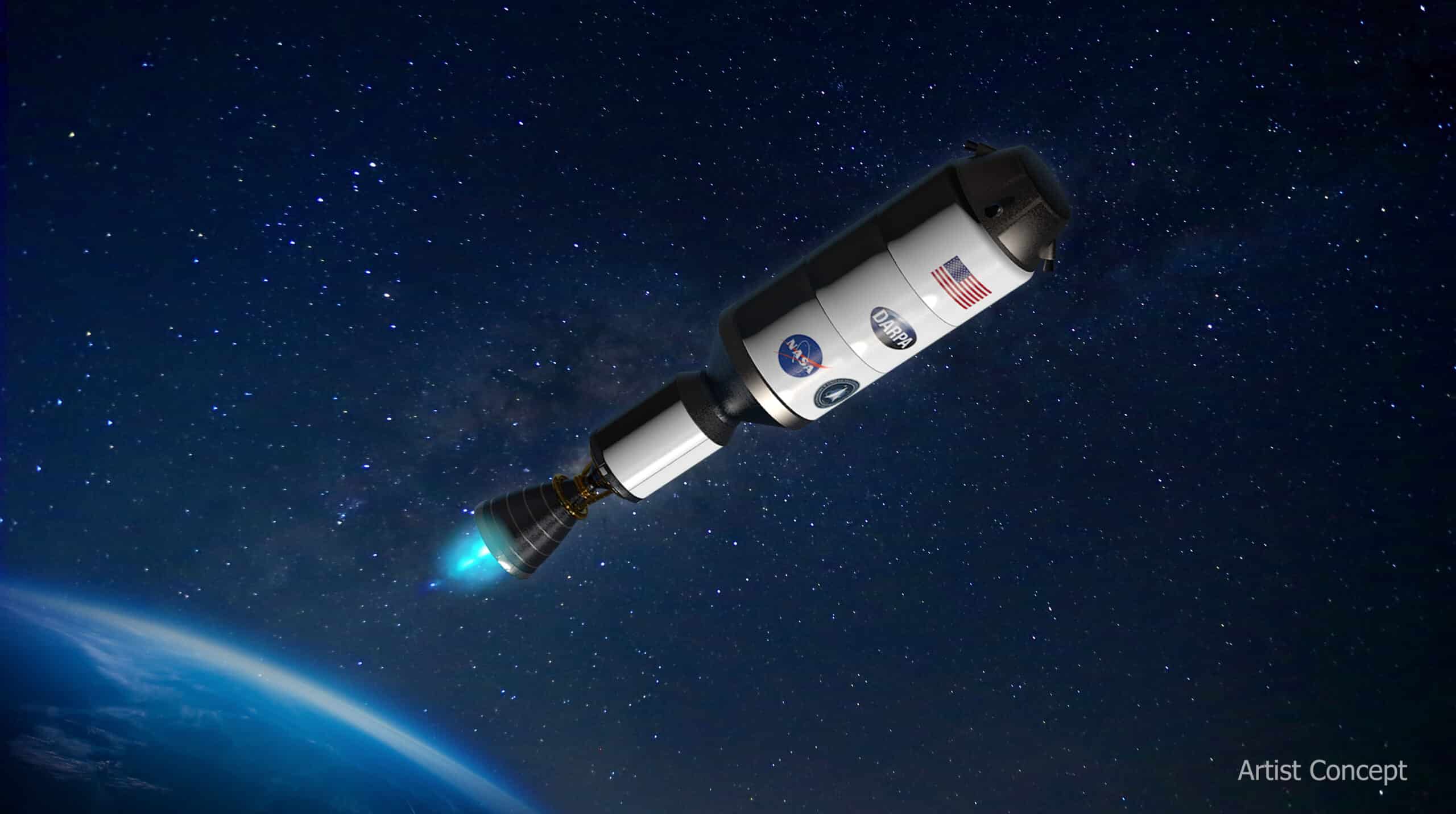
NASA and the US military have chosen defense contractor Lockheed Martin to spearhead the development of a nuclear-powered rocket for potential missions to Mars. The $500 million program, known as the Demonstration Rocket for Agile Cislunar Operations (DRACO), is slated to take flight as early as 2027.
How Nuclear Thermal Propulsion Works
The DRACO program aims to utilize nuclear thermal propulsion (NTP) systems, which have the potential to significantly enhance space travel in various ways:
- Reduced Journey Times: NTP systems could cut down travel durations, making it possible for spacecraft to reach their destinations faster than traditional chemical rockets.
- Increased Fuel Efficiency: The technology is designed to be more fuel-efficient, which means future spacecraft could carry larger payloads, benefiting exploration and research efforts.
- Less Propellant Required: NTP systems require less propellant to achieve similar propulsion, making missions more resource-efficient.
The concept behind NTP is to utilize nuclear energy to heat the propellant. In the case of DRACO, the liquid propellant used is cryogenic hydrogen. Through a process known as fission, uranium atoms within a reactor core split apart, generating intense heat that superheats the propellant. This transforms the propellant into a gas, which is then funneled through a nozzle, producing thrust and propelling the spacecraft forward.
This design also allows the engine to continue accelerating before slowing down, which is a capability current engines lack, resulting in extended coasting periods during the journey.
BWX Technologies, based in Lynchburg, Va., will play a crucial role in this project by building the nuclear fission reactor that will power the rocket’s engine.
Why NASA wants nuclear-powered rockets

The adoption of these more powerful and efficient nuclear thermal propulsion systems holds great promise for space flight, especially concerning human endeavors beyond Earth.
For instance, NTP technology could slash the travel time to Mars in half. While the journey to the Red Planet currently takes between seven and nine months, this new engine, powered by nuclear fission, could transport humans there in just three to four months.
The quicker transit times are particularly crucial for human interplanetary missions, as shorter travel duration minimizes the crew’s exposure to potentially harmful radiation.
What about safety?
Strapping a nuclear reactor to a rocket sounds dumb the first time you hear about it. After all, rockets have a knack for blowing up quite frequently. However, there are important safety features that will prevent the Kennedy Space Center from becoming a nuclear wasteland.
For instance, to mitigate potential risks, the nuclear reactor will only be activated once the rocket is outside Earth’s atmosphere. Furthermore, DRACO will use less-enriched uranium which is less risky than weapons-grade uranium.
NASA’s journey back to exploring nuclear thermal propulsion marks a reawakening of a concept that was last tested over 50 years ago. The program, code-named Project Orion, was originally shelved due to budget constraints and the geopolitical landscape of the Cold War era. However, advancements in technology and renewed ambitions for space exploration have led to the reconsideration of this promising technology.
Nuclear thermal propulsion could not only propel us toward Mars but also pave the way for future lunar missions, where NASA envisions establishing long-term habitats as part of the Artemis program.
And if NTP never sees the light of day for interplanetary spaceflight, nuclear propulsion may still have practical applications closer to Earth. DARPA’s interest in the project is fueled by the potential for rapid maneuvers of military satellites orbiting our planet.
DRACO’s development will culminate in a flight test of the nuclear-thermal engine. Lockheed Martin’s Vice President, Kirk Shireman, estimates the launch to take place in late 2025 or early 2026. During this test, the demonstration spacecraft will orbit at an altitude between 435 and 1,240 miles, ensuring its safe disposition for over 300 years as radioactive elements in the reactor fuel decay to safe levels.
With DRACO’s development, humanity moves closer to exploring the cosmos more efficiently and safely, unlocking new possibilities for scientific discoveries and human exploration in the vast expanse of space.









